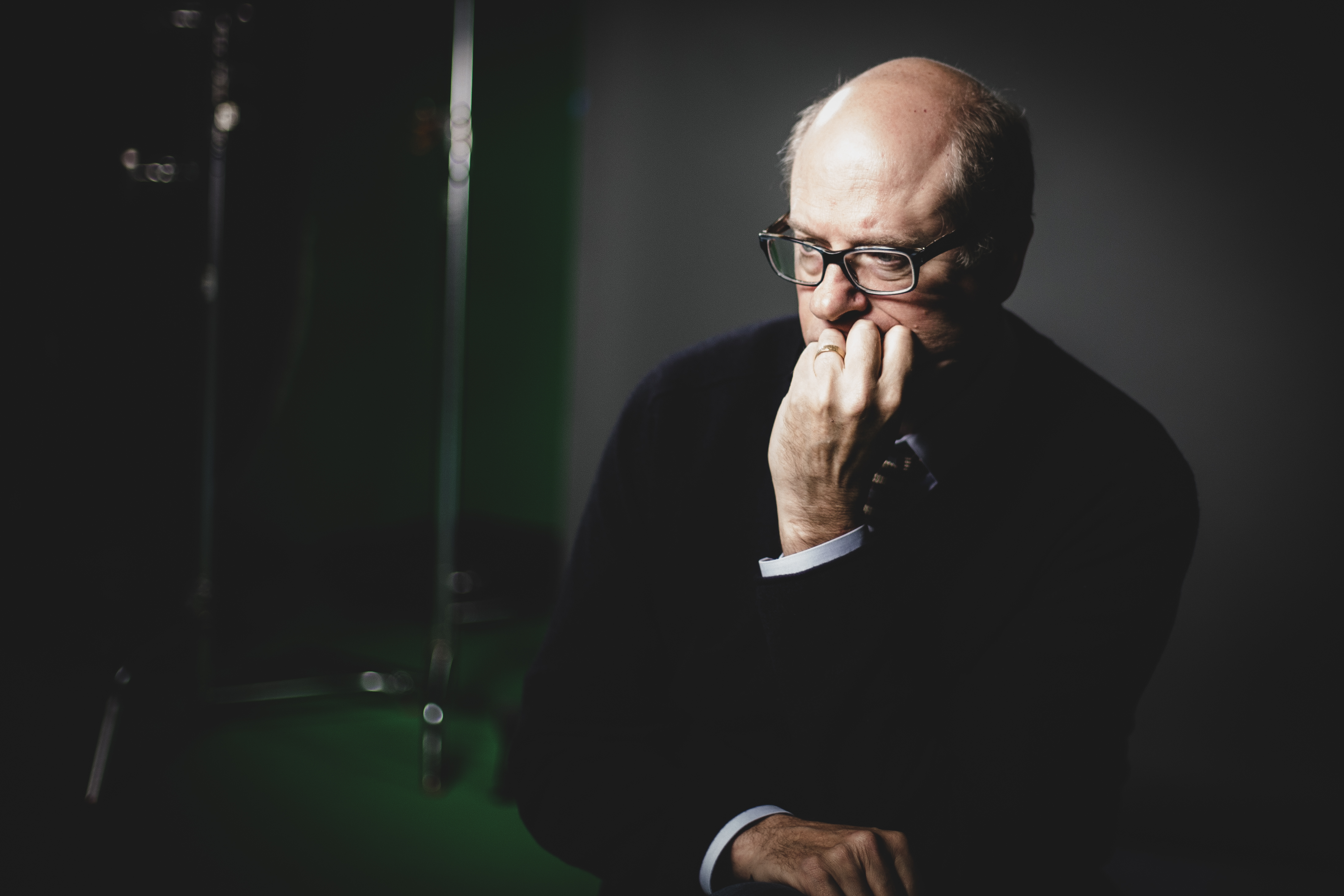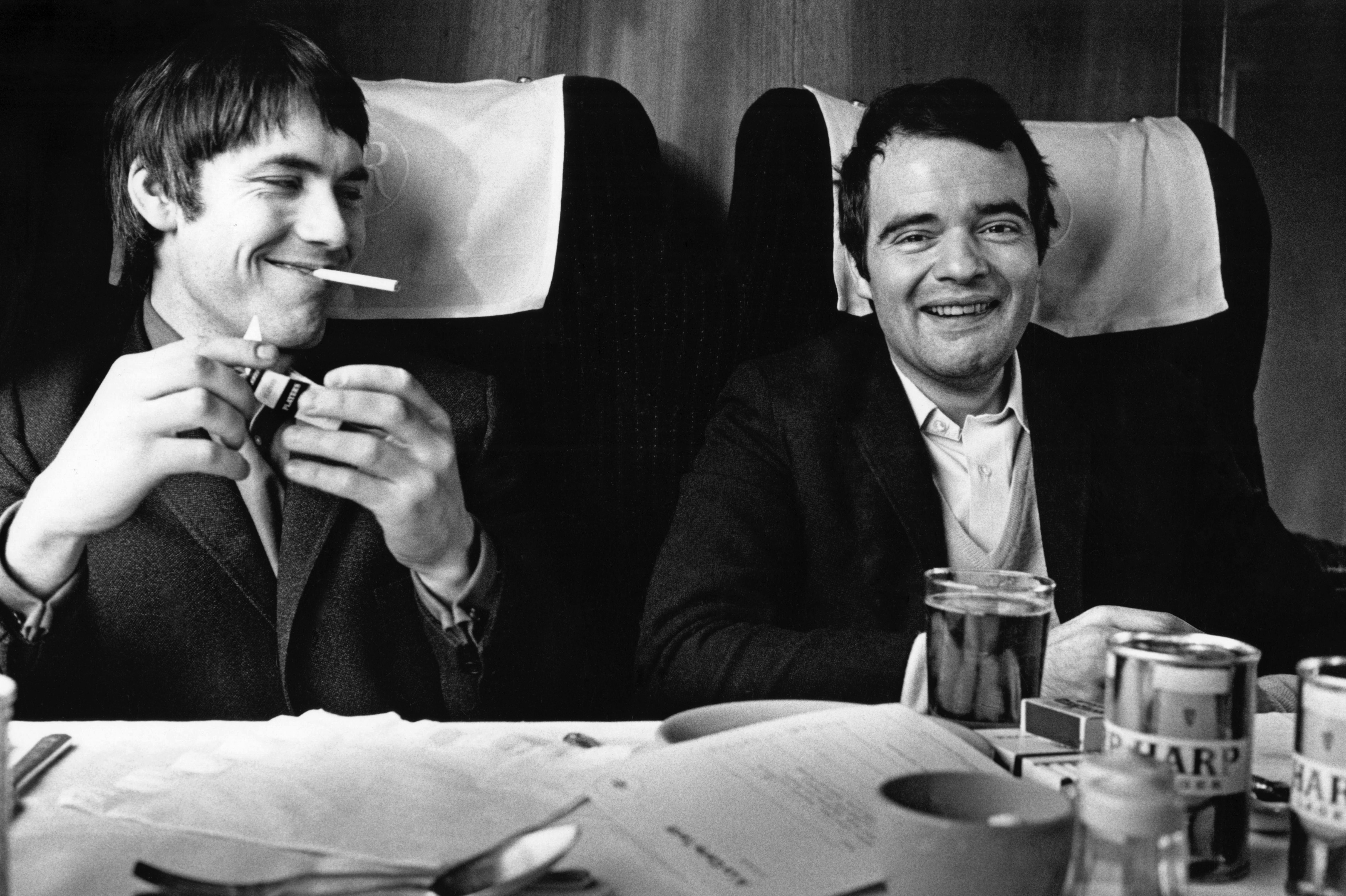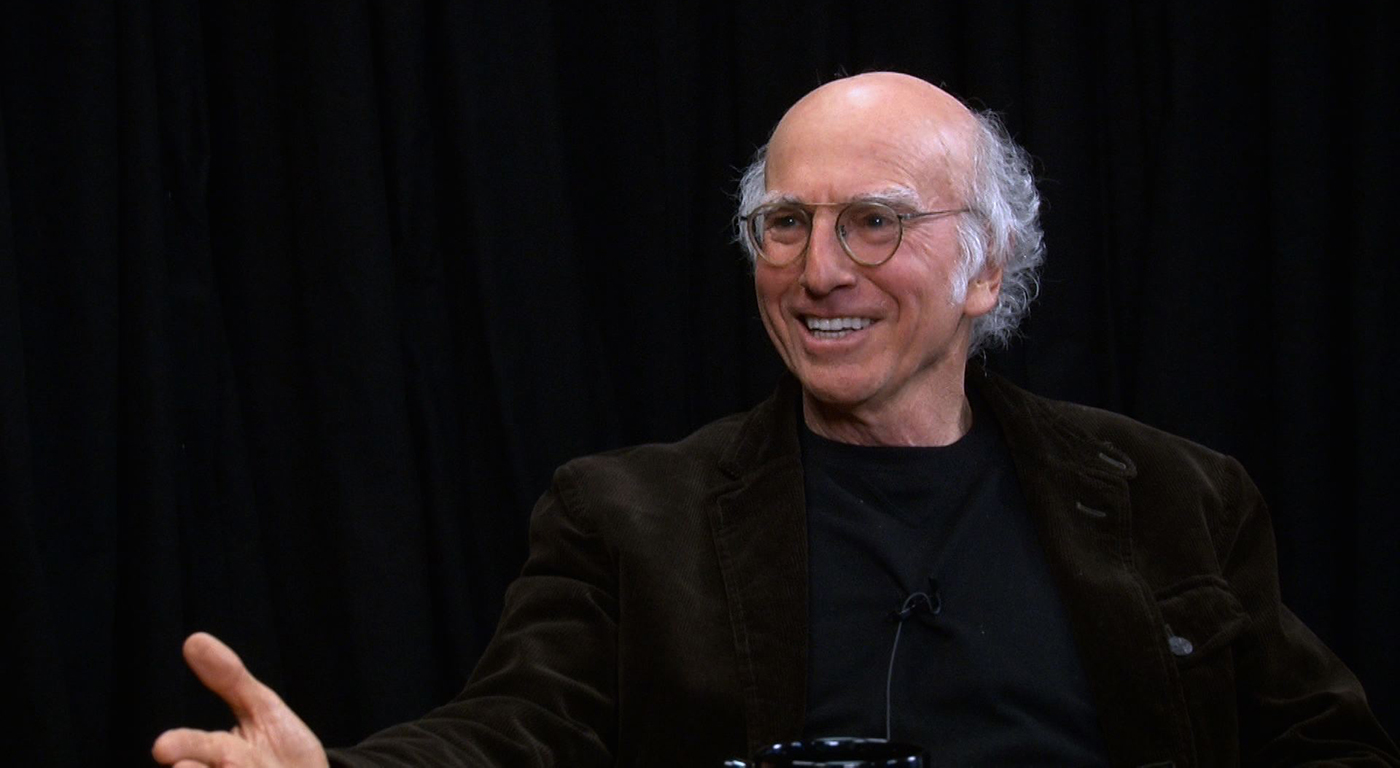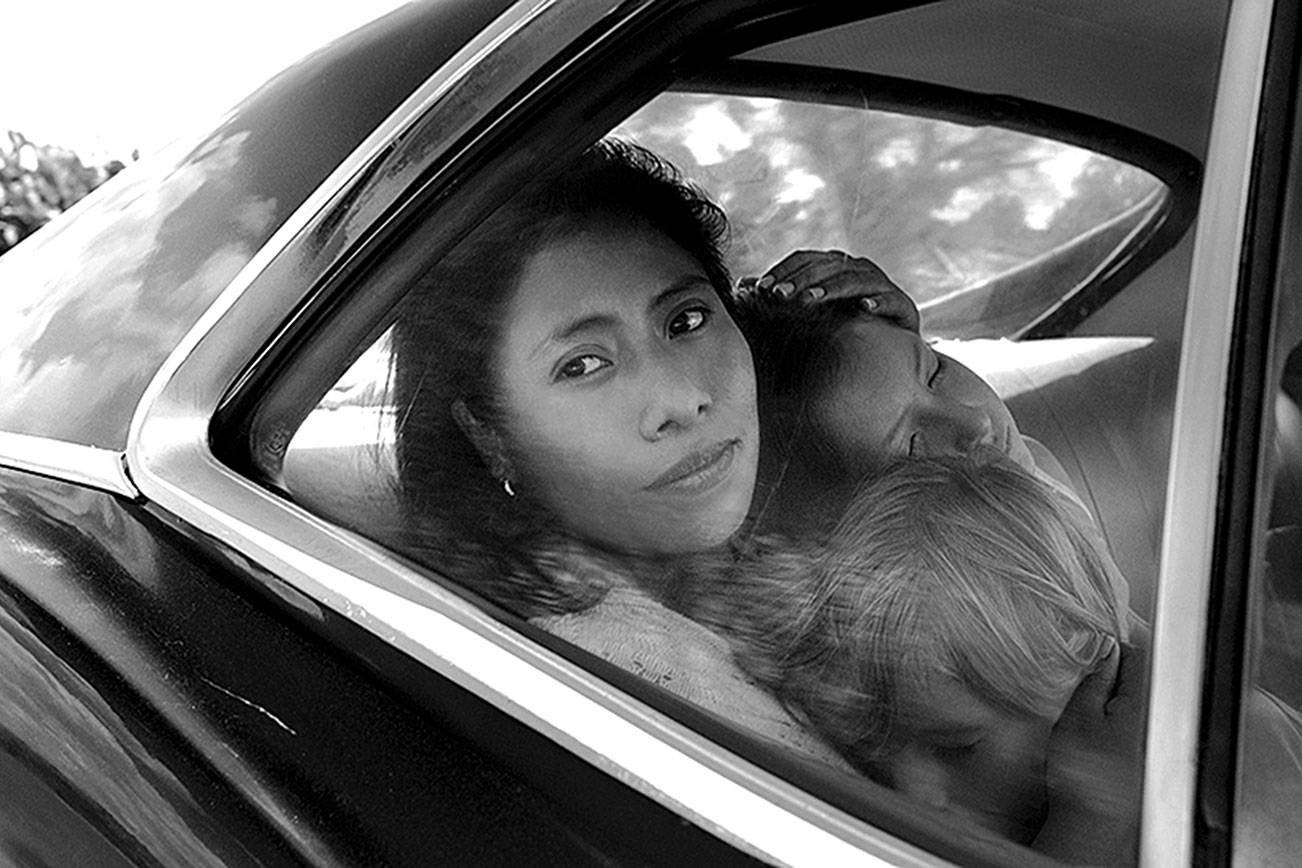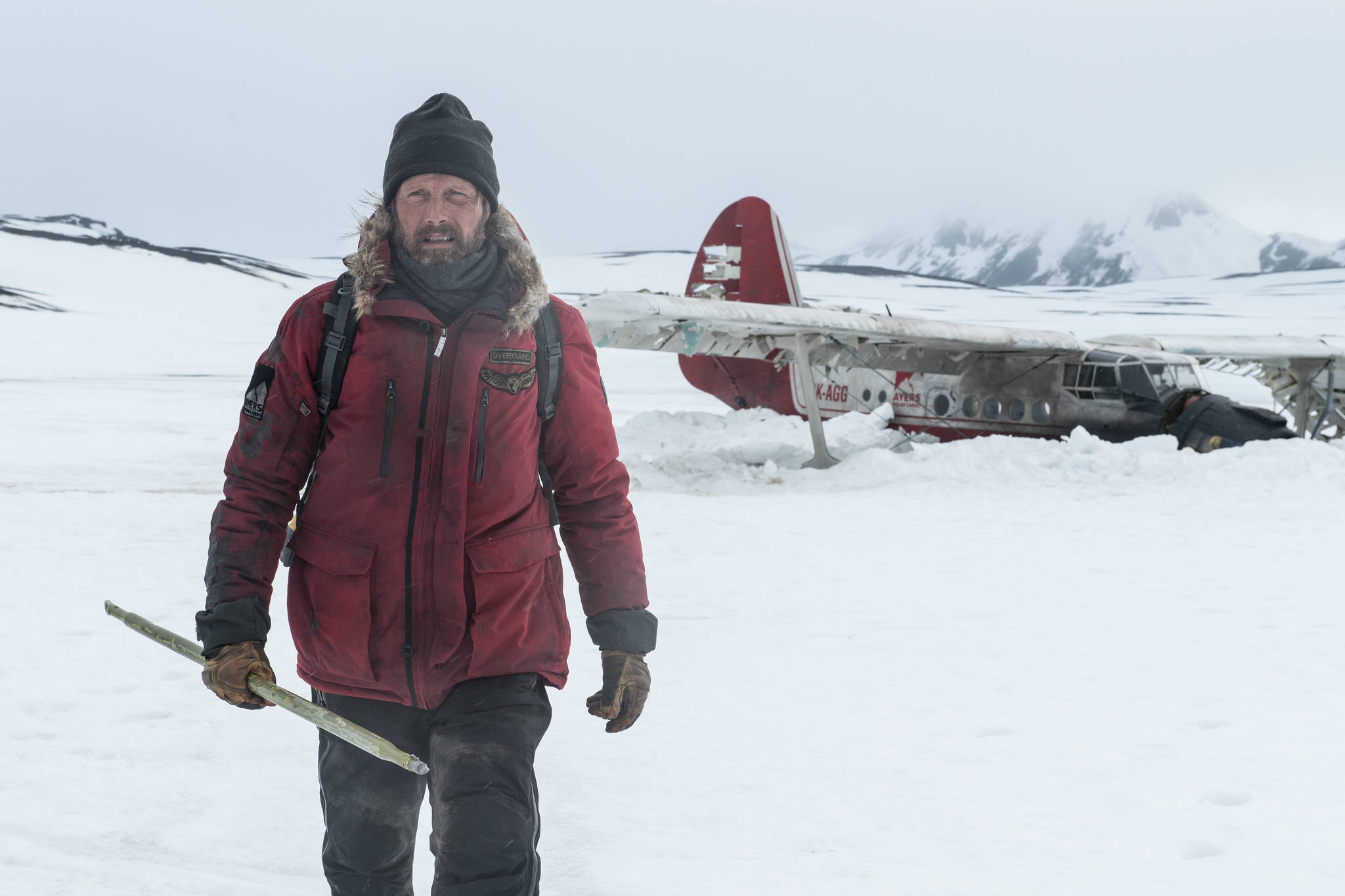SOME DIRECTORS USE film like a scalpel. Gaspar Noe swings it like a sledgehammer in I Stand Alone, a film designed to confront and affront audiences with the brutal actions and bile-filled stream-of-consciousness monologue of an angry white man. It’s not so much a movie as a cinematic battering ram, and Noe’s entire purpose seems to be to shock the audience senseless.
I Stand Alone
directed by Gaspar Noe
opens August 13 at Varsity
Philippe Nahon, a stocky middle-aged man with a thick doughy face, glowering eyes, and a perpetually dour expression, plays the Butcher (he has no other name)—an everyman consumed with self-pity and anger. After a self-narrated slide-show portrait of his benumbed life, his self-pitying masked by matter-of-fact bravado and accompanied by martial music, he throws the gauntlet at the audience with the grim promise: “Today I’m resetting the counter.”
His bulky, perpetually tensed body is coiled to spring, and Noe doesn’t make us wait long for the first leap. Fresh out of prison and destitute, the Butcher, with his moneyed lover, leaves his institutionalized teenage daughter and his native Paris behind for the bleak northern France city of Lille. He hopes to secure a butcher shop and earn back his self-respect, but his lover’s got her own agenda. “It’s my money,” she spits out. “I’m pregnant and fuck you.” He responds by mercilessly pounding her belly like a fighter on the heavy bag: “Your baby’s hamburger now,” he grunts, before packing up and hitting the streets.
That was the first moment audiences streamed out of the first SIFF screening. It wasn’t the last.
The balance of the film locks us in the Butcher’s head as he wanders the streets of Lille and heads back to Paris, pouring out invective and plotting his revenge on those who have slighted him. This guy makes Taxi Driver‘s Travis Bickle look like Jimmy Stewart. Noe obviously feels for his brutal butcher, but is it despite or because of his “I’m mad as hell and I’m not going to take it anymore” rampage?
I’m not suggesting that Noe actually approves of his actions so much as he feels his pain, but like many a slasher film there’s an unintended grimy glamour to his character’s rampage that Noe enhances with stylistic affectations. Startling camera rushes (sped up to literally throw us into uncomfortable close-ups) and thunderclaplike sound-effect stings are designed to physically jerk us to attention, while pithy proclamations like DEATH OPENS NO DOOR and MAN IS MORAL (hammered in bold block letters, white on stark black backgrounds) are salted through the narrative. The audacious apogee is the by-now-notorious warning that flashes in red and white before the film’s conclusion: YOU HAVE 30 SECONDS TO LEAVE THIS FILM. Noe’s not kidding—the ending is brutal, vicious, and graphically disturbing.
When this film was making its reputation on the festival circuit (including two screenings at SIFF), this brutal effrontery seemed enough for critics wowed by Noe’s confidence and audacity. But once you get over the shock value, I Stand Alone comes off as little more than an intellectual exploitation film, walking a fine line between fascinated revulsion and a kind of romantic existentialism. We may not understand Travis Bickle, but as we watch life on the mean streets of New York and listen to the thoughts he scribbles in his diary, we experience the disintegration of a soul. The Butcher arrives on-screen already beaten into a junkyard dog of a man, with only the desperation and loneliness in Nahon’s otherwise inexpressive mask of a face to give a clue to the human underneath. There may very well be people like this in the world, but that in itself isn’t reason enough to put it on film. Noe isn’t interested in the why, simply the what, and viewers need more of a reason than that to put themselves through such a sensual assault.
